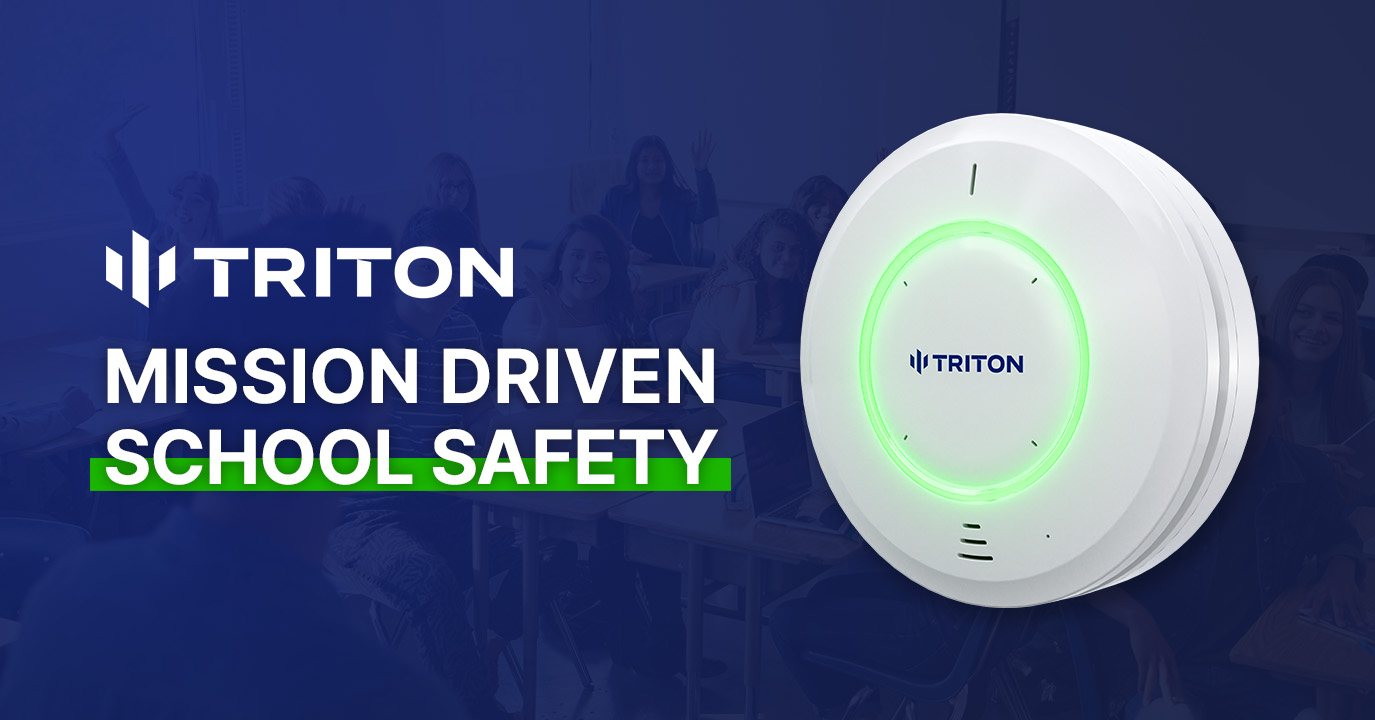Vaping was once uncontrollable in schools. Students would sneak into bathrooms during classes, where nicotine flavored and THC vapors disappeared without trace. Teachers and administrators were left powerless until the districts began using the latest tool to safeguard their students: the vape detector.
Today, schools across the country report major successes that illustrate how this technology can transform the issue of smoking cigarettes.

A Case Study: Reducing Vaping by 83% in 10 weeks
Luling Independent School District was faced with the threat of a major problem with vaping. Despite repeated warnings and stricter guidelines, students continued to smoke cigarettes in lockers and bathroom rooms. Smoke alarms aren’t effective against vapour. And staff couldn’t be everywhere.
In March, the school district set up several vape detectors at schools as part of a pilot program. The results were shocking. The amount of vaping decreased significantly in just five weeks. After ten weeks the vaping rate had dropped by an impressive 83%.
Administrators reported success that went beyond figures. Teachers reported less disruptions, and students were aware that smoking cigarettes wouldn’t go unnoticed.
Match Charter Schools also enjoy similar success
Another example of this is from Match Charter Schools, which was unable to stop high school and middle school smoking. The effect of the smoke detectors that they put in place in August was instantaneous.
At the end of December, only four months later administrators reported an 80percent decrease in the number of vaping incidents per week. Parents have praised the school’s practical steps to safeguard their children. Teachers noted a reduction in hallway loitering as well as bathroom crowding.
These two districts reflect what is becoming a trending tendency: schools that implement vape detection see measurable improvements in both behavior and overall safety.
What is it that makes vape detectors so effective?
The key to these results lies in the technology itself. Modern vape detectors can’t just detect vapors but also track the quality of air, track occupancy levels and provide real-time alerts to staff. Administrators do not have to rely on guesswork, or reports basing their decisions on information that has been gathered later.
More importantly is that detectors are made with security in mind. No cameras. No audio recording. Fast, precise data is all that’s needed for schools to make fast decisions without violating students’ rights.
This combination of effectiveness and compliance makes vape detectors one of the most practical safety tools schools can adopt today.
The Safety Net Goes Beyond Vaping
What many administrators understand is that detectors are not just to prevent vaping. Modern systems are able to detect loud noises and keywords which are connected to vandalism or emergencies.
The detector will alert the staff when, for instance, students begin loitering around the restroom. Staff members can be alerted instantly when someone shouts “help” or any other distress word. Smoke detectors in schools could be a part of a larger plan to deal with both threats to health and violence.
Parents and Boards Help Support Vape Detectors
One often-overlooked benefit is the confidence that comes from transparency. The use of detectors by schools can provide reports that demonstrate clearly the trends in smoking. These reports may be shared with community groups, school boards as well as parents to prove that concrete measures are being implemented.
Parents are particularly responsive to tangible outcomes. A vape smoke detector isn’t just catching students it’s helping to protect their health, and reinforces the message that vaping is not a good idea in schools.
The Recommendation: A Proven Path to Take
For years, vaping felt as if it was a battle invisible to schools weren’t able to beat. Case studies from across the nation prove that this is not the case. Administrators can spot risks and deter risky behavior in real-time using a vape detection device. This provides an environment that is more secure for students.
Vaping remains a problem but it’s evolving. Schools that are investing in vape detection technology aren’t simply reacting to a problem, they’re also leading the way towards more sustainable future.
Conclusion
From Texas to Massachusetts Schools are showing that technology works. Modern vape detectors do far more than simply sounding the alarm. They alter behavior they build trust and offer an effective solution to the major health concerns for students. In any school district that cares about security, vape detectors for schools are no longer a novelty they’re the standard.